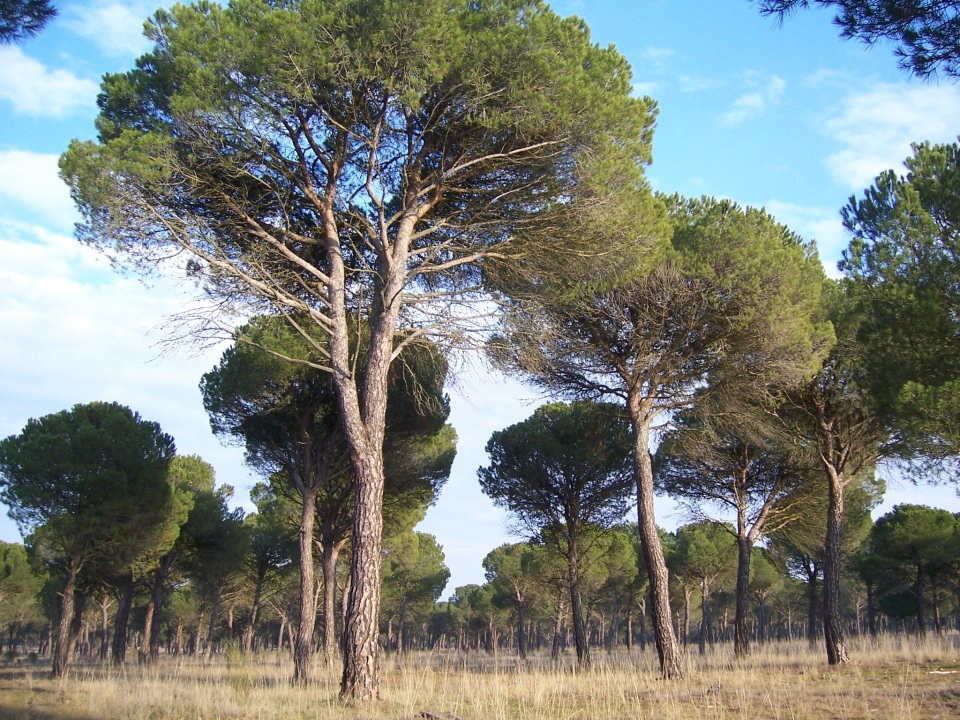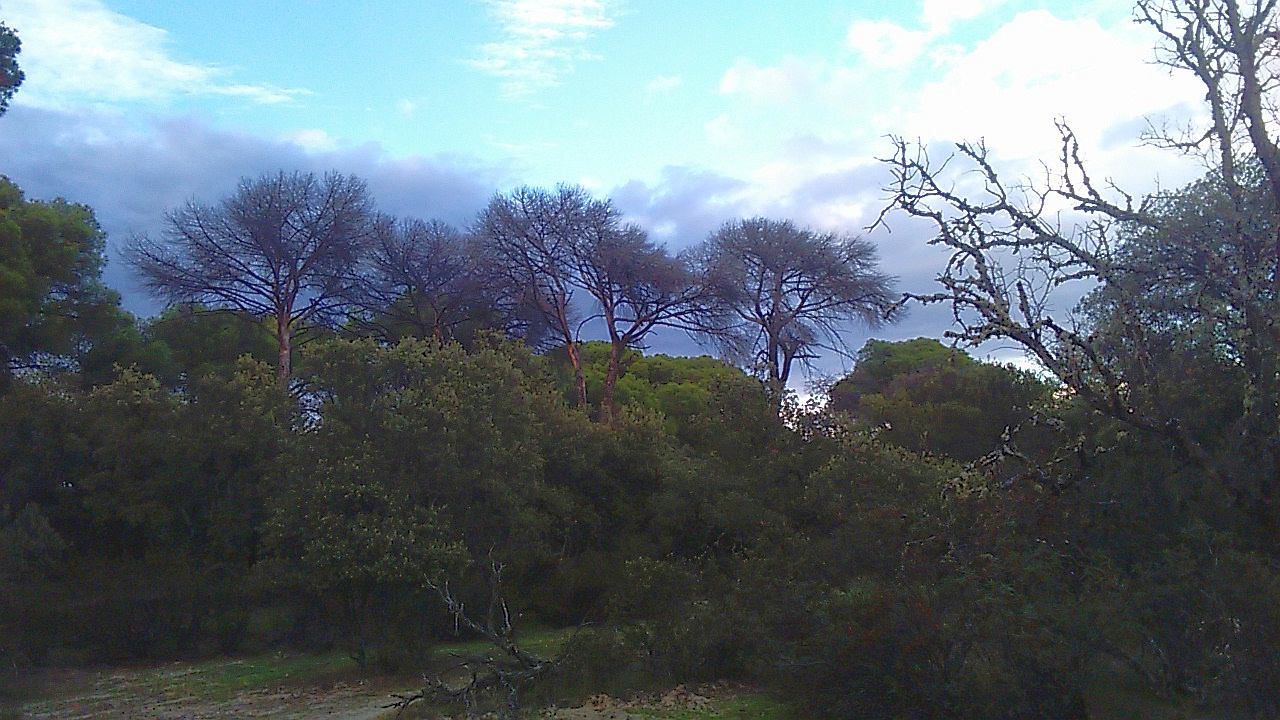
Climate change is affecting the health and productivity of the Mediterranean stone pine (Pinus pinea) stands in the Spanish Northern Plateau. The main research lines for adapting this forest ecosystrems and mitigating the effect of climate change are presented. The finding should lead to recommendations for the future management of these stands.
The Mediterranean region is being severely affected by climate change. In the Spanish Northern Plateau, temperature has incremented by 1.5 ºC since 1990, with more heat waves, higher recurrence of persisting droughts, and less extreme frosts; annual rainfall is lower and more iregular. Climate projections predict a shift toward more aridity and heat. The current P. pinea stands in the Northern Plateau are mostly pure, even-aged stands managed to promote the co-production of cones and timber while fulfilling other ecosystem services such as soil protection on loose sands. Current annual production per hectare is below 1 m3 for timber and 0.2 t for cones. Under predicted harsher aridity, these stands will no longer be profitable .
The effects associated with current climate and future climate projections are expected to seriously jeopardise the persistance of P. pinea in the Spanish Northern Plateau is . The climatic impacts observed in many pine stands are: (1) Generalized dieback and decay, with defoliation and lack of vigor on terminal shoots and increased mistletoe infestation ; (2) Lack of regeneration; (3) Growth loss; (4) Less cone production; (5) Shifts in vegetation, P. pinea being displaced by Juniperus thurifera and Quercus ilex; (6) Increased incidence of native and exotic pests.
Both the current situation and future projections highlight the difficulties that Pinus pinea is suffering and will continue facing in the future in the Northern Plateau. Different lines of ongoing research attempt to find alternatives that reduce the impacts and adapt the stands to climatic conditions: (1) The use of emprirical and process-based models allow for better predictions of the impacts of climate change and management on growth and cone production; (2) Promotion of mixed stands of Pinus pinea with Quercus ilex and Juniperus thurifera will increase their resilience to pests and diseases and their portfolio of ecosystem services. Both research lines will help to develop these management options to improve the state and profitability of these forests.
As a result, adaptative management of pinewoods to ongoing climate change is needed. The results of ongoing research will provide useful tools and information to modify management practices in order to adapt the pine stands to the expected climate conditions and: (1) Favour the inherent adaptive capacity of the species and ecosystems; (2) Reduce the risk of occurrence of those processes that heighten forest vulnerabilty to climate change; (3) Increase resistence and resilience of forests systems; (4) Guarantee the provision of ecosystem services. Adaptation to climate change must be included as a vital objective of sustainable forest management.
In the future, empirical and process-based models will allow guidelines to be developped for adaptative management of stone pine stands. Solutions might include favouring mixed forest better adapted and more resilient, as well as opting for intensively managed plantions of grafted stone pines to recover regional cone production under the forecast conditions.
Marta Pardos, pardos@inia.es, www.inia.es
Rafael Calama, rcalama@inia.es, www.inia.es
Further information
Pardos et al., 2015. Ann. Forest Sci. 72, 1009. https://doi.org/10.1007/s13595-015-0520-7
Calama et al., 2016. Forest Syst. 25(3), e079. https://doir.org/10.5424/fs/2016253-09671
(c) J. Gordo

(c) S. Mutke
